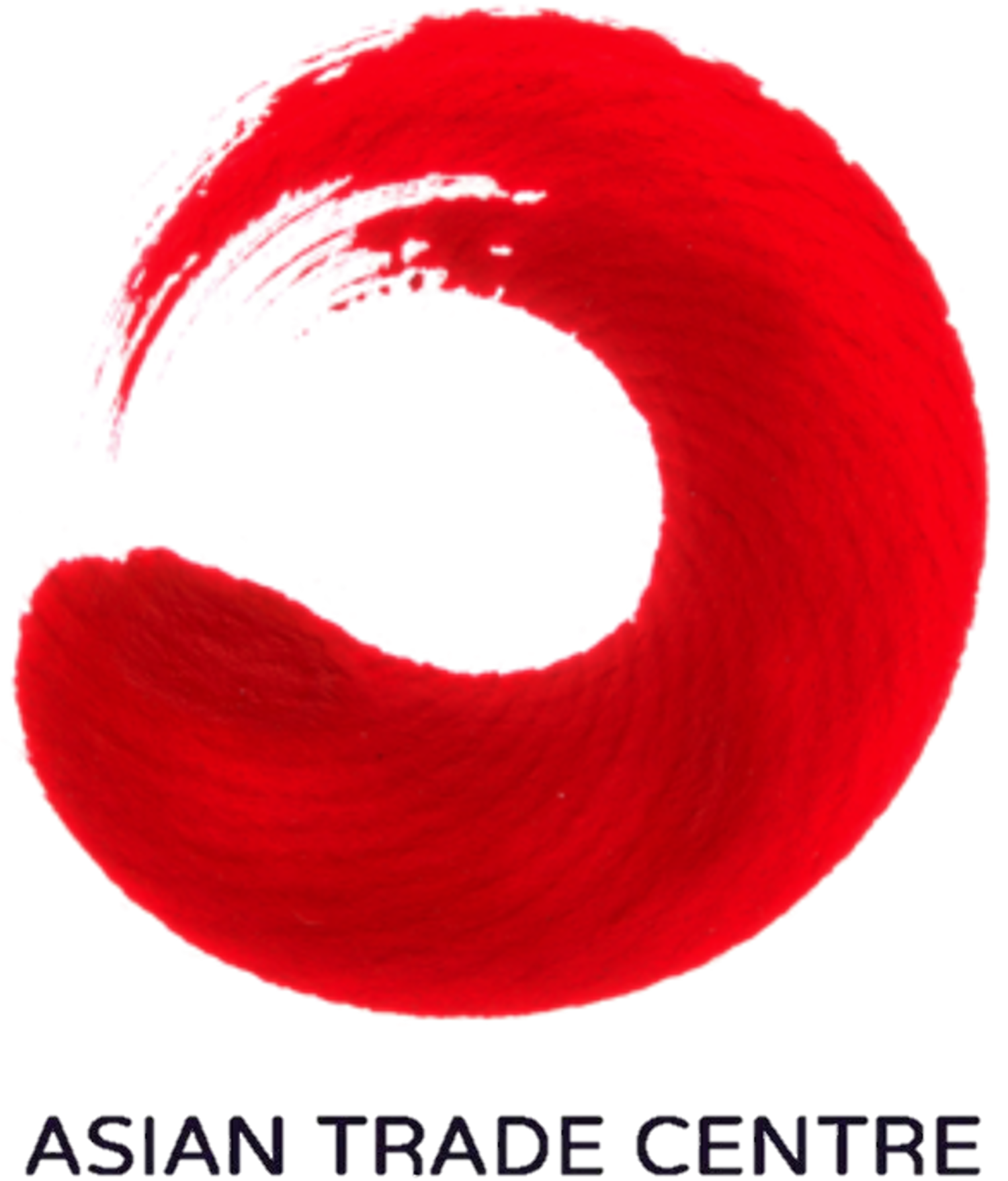What has been missing from the analysis so far is much attention to the harm that will flow through to much of Asia as a result of these thunderbolts on trade. Given the linkages between firms engaged in regional and global supply chains, it is increasingly difficult to even determine what is a “Chinese” product anymore. The original list of US$50 billion included a wide range of products subject to 25% tariff rate hikes. Many of the products on this list are made with parts and components that come from all across Asia (and beyond). For example, the list includes a range of televisions, various other types of heavy equipment, and machinery used in factories of all types. However, just focus on one category of products now on the tariff list—buses for carrying more than 16 passengers. The total number of parts and components on a bus numbers into the tens of thousands, including every element in the motor, frame, chassis, seats, dashboard and so forth. Many of these items may be made in China, but others are likely imported from across Asia.
Dishwashers to Nuclear Reactors: The US Retaliation List for Section 301 is Released
While this tariff discussion is going on inside Washington, of course, at least four additional things should also be taking place. First, the tariff list is only part of the Section 301 case. Also coming in the next 60 days is more detail on what the proposed “parallel” regime to more tightly screen Chinese investment will look like. This system is meant to run at the same time as the broader CIFUS process. So far, officials are unclear about Treasury intends to do to manage this new set of procedures. Second, the US is simultaneously moving ahead with a case against China at the World Trade Organization (WTO). Third, negotiations between the US and China should be ramping up. Since the clock is ticking on the imposition of tariffs, with only 30 days before they are meant to take effect, there is extremely limited time to get to an agreement. Given the sweeping nature of US complaints and the unclear goalposts that China needs to meet to head off sanctions, it is not obvious that 301 retaliation can be stopped. Finally, the Chinese are likely to put out their own list of counter-retaliation measures. They just published a list of 128 items subject to $3 billion in sanctions as part of their own response to US steel and aluminum tariffs. These included new barriers to US exports of wine, fruits and nuts. But these are likely to look like minor issues compared to what China has in store for the Americans in the wake of the $50 billion in tariff hikes under the Section 301 dispute. In short, the publication of the tariff list today heralds the start of a new era in US-China relations and the beginning of a totally different American trade policy. Firms should be braced for some very rough times ahead.
The Challenges of Fighting--and Winning--a Trade War
Second, is the “punishment” appropriate for the “crime?” The penalties are all found in tariffs to be imposed on American firms and American consumers. How will tariffs on goods result in changes in IP policies inside Chinese companies? Or how will tariffs imposed on US consumers alter decisions in China about technology transfer? Third, the original use of Section 301 was meant to be about negotiation, not about punishment. But the Trump team discontinued the primary mechanism for US-China talks more than 8 months ago and has not resumed negotiations under any other pathway. Hence, even if China had wanted to head off these tariffs through a negotiated solution, there would have been no way to do so. Now, the Trump team has gotten 301 entirely the wrong way round—punishment first and talk later.
A Downside of More Trade: The Growth of Illicit Trade in FTZs
While FTZs come with the promise of lower regulations, they were never meant to be places of business without any government oversight at all. In many jurisdictions, however, government regulation has become increasingly lax, allowing for growing levels of illicit trade and other criminal activities through FTZs. To clamp down on illicit trade in products flowing through FTZs, many governments need not create new regulations or legislation. In many circumstances, officials simply should use legal tools they already have in their possession. For example, customs officials have the authority to supervise flows of goods in and out of FTZs. As the OECD recommends, such measures include requiring sufficient information on goods that move through supervised FTZs; applying penalties for the misuse of zones; and enhancing security screenings.
Pop Open the Sparkling Wine: Round 2 for TPP
Negotiations started in March 2010. The original deal was finished in January 2016 with 12 parties. When the United States withdrew a year later, many people expected the agreement to die a quiet death. However, officials persevered and fought hard to maintain the high quality of the trading arrangements. For many, this meant accepting tough provisions originally negotiated as part of a comprehensive package with 12 members. The consequences of the final agreement are important for companies. Our brand-new booklet on 10 Benefits of the CPTPP can be downloaded here. The final agreement signed in Chile pared back the commitments by suspending 19 elements, amending one provision, and clarifying the terms for two others. (For more specific details, see our revised Policy Brief 17-11a.)
